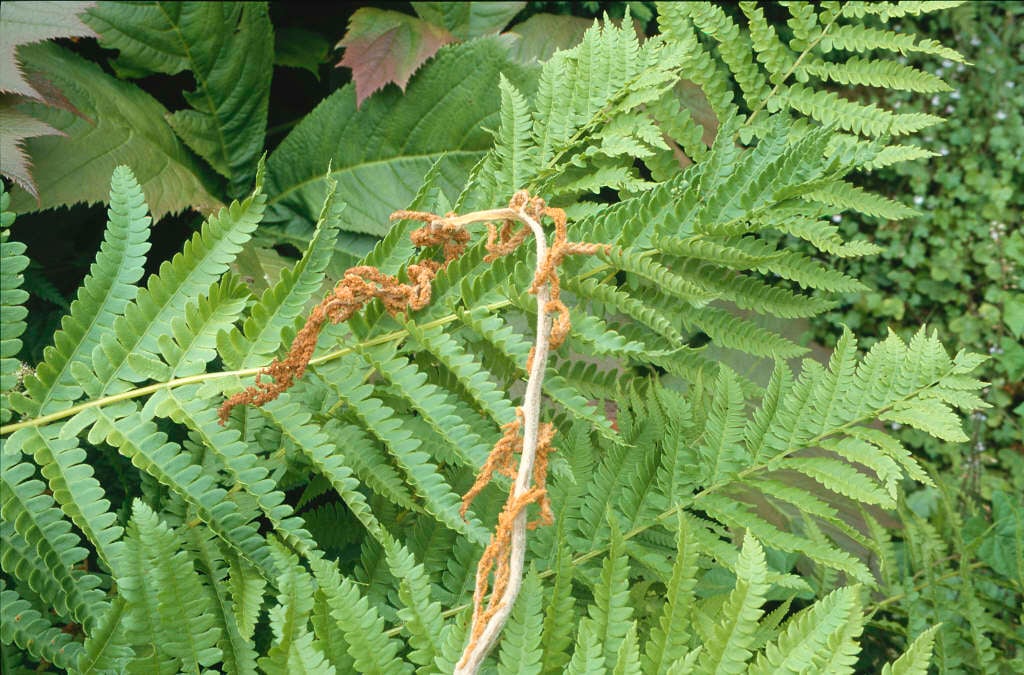Size
Ultimate height
1–1.5 metresTime to ultimate height
2–5 yearsUltimate spread
0.5–1 metresGrowing conditions
Moisture
Moist but well–drained, Poorly–drainedpH
AcidColour & scent
| Stem | Flower | Foliage | Fruit | |
| Spring | Green | |||
|---|---|---|---|---|
| Summer | Green Brown | |||
| Autumn | Green Brown | |||
| Winter |
Position
- Partial shade
Aspect
North–facing or West–facing or East–facing
Exposure
Exposed or Sheltered Hardiness
H6Botanical details
- Family
- Osmundaceae
- Native to GB / Ireland
- No
- Foliage
- Deciduous
- Habit
- Bushy
- Genus
Osmunda are medium-sized to large deciduous ferns, usually from wet places, with erect or arching, pinnate or bipinnate fronds, bearing spores either on modified pinnae or on separate, smaller fronds
- Name status
Correct
- Plant range
- Trop. America & SE Asia
How to grow
Cultivation
Grow in moist, fertile, humus-rich slightly acidic soil in light dappled shade. See how to grow ferns for further advice
Propagation
Propagate by sowing spores at 15-16°C (59-61°F). These need to be sown with in three days of ripening as they loose their viability very quickly. Alternatively, divide well established colonies into clumps in either autumn or early spring
Suggested planting locations and garden types
- Cottage and informal garden
- City and courtyard gardens
- Flower borders and beds
Pruning
No pruning required
Pests
Generally pest-free
Diseases
Generally disease-free
Get involved
The Royal Horticultural Society is the UK’s leading gardening charity. We aim to enrich everyone’s life through plants, and make the UK a greener and more beautiful place.
